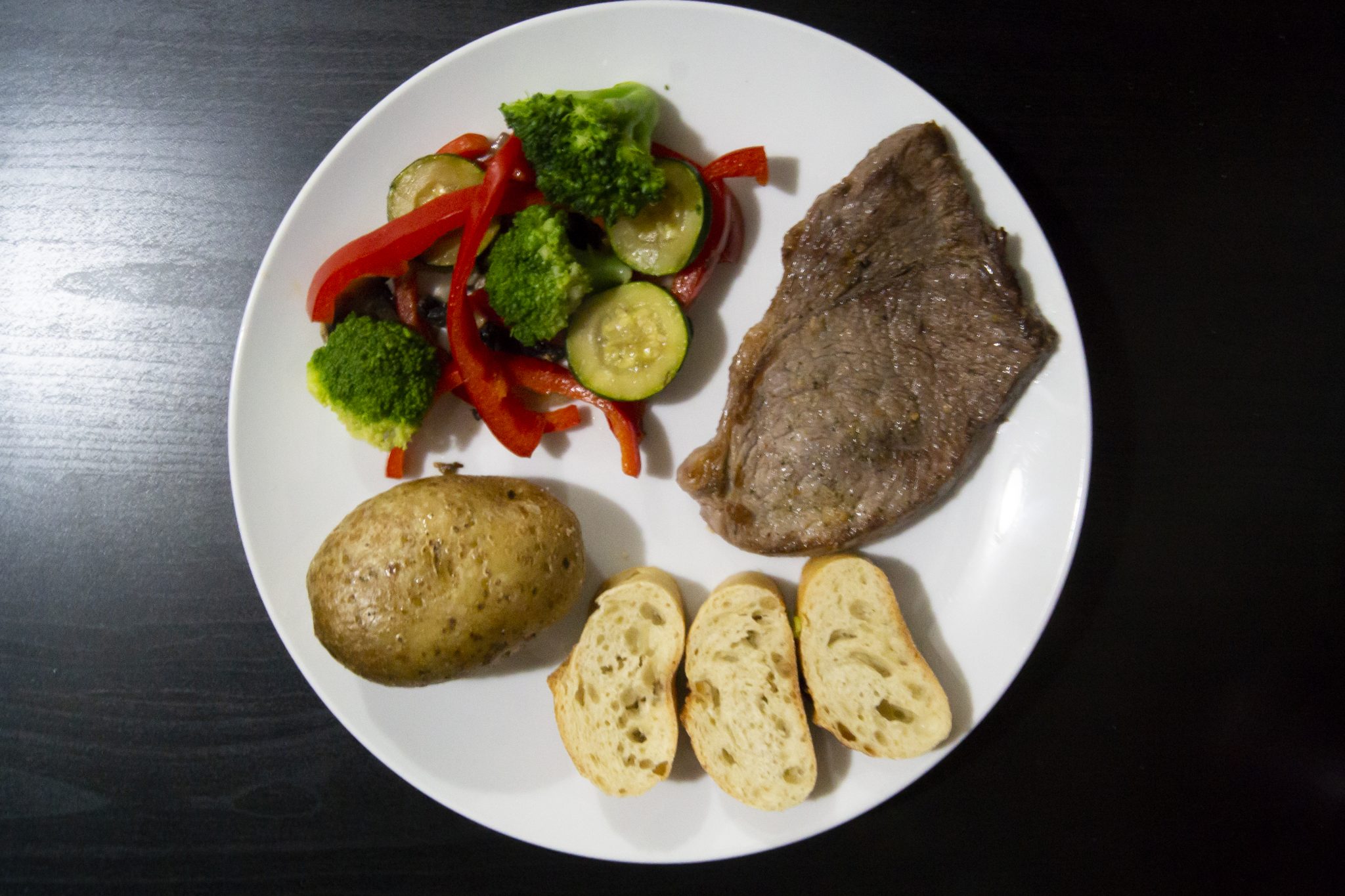Canada’s new and improved Food Guide is a step in the right direction for healthy eating habits


An ongoing discussion regarding what and how we eat has taken over news outlets and social media comment sections since the government recently released an updated version of Canada’s Food Guide.
The last time changes were made to the Food Guide was in 2007, with the newest advisement breaking away from the well-known rainbow visual that has become synonymous with the dietary suggestion list since 1997 and removing foods that were once considered to be staples of a healthy diet.
Growing up, I clearly remember the 90s Canada Food Guide taped up in my elementary school classrooms, used as a teaching tool for homework exercises and a model for what we were expected to be bringing in our lunchbags and eating at home.
The image that I had been taught always stuck out to me, but now that times are changing and the internet is altering the access we have to information, specifically about diet, it makes sense that a hearty glass of milk and white bread aren’t the standout options that the government is suggesting we eat.
The new photo features a plateful of fruits, vegetables, protein and whole grains divided into their respective serving sizes, with a glass of water as the suggested beverage you should be pairing with your meals.
People immediately noticed and heavily criticized the shift in focus that has been made from meat and dairy onto alternative sources of protein such as beans, seeds and tofu, as well as whether the portions were substantial enough or merely “diet” sized. With questions surrounding whether or not these nutrition alterations are accurate or even necessary, it’s important to look at the new guide from the perspective of a dietary expert.
Making positive changes in your overall diet requires an understanding of nutritious foods, as well as an understanding of how to incorporate them into our routines with valuable food skills.
Caroline Valeriote, a registered dietitian in the Student Wellness Centre at Laurier, provided her insight into the new guide.
“Because it’s online, which may be one of the most useful tools to transfer this information to Canadians, it feels a little more real because the pictures are real and that’s a little more relatable.
I think that it was a necessary change, even though what we’re seeing on this representative plate, is not really many new foods from the prior food guide,” Valeriote said.
Overall, she thinks that the changes that have been made aren’t very drastic and that a key part of nutrition education lies in how we’re actually eating the food we consume.
“Most of us have a fairly good sense of what foods are healthy and which foods aren’t. But when we talk about things like being mindful, it’s probably new information,” Valeriote said.
Food patterns, eating more slowly and preparing meals at home, are just some of the examples she lists that are not as widely understood or put into practice by Canadians.
“That has meaning that could be more impactful for Canadians, I feel, than what you’re eating. What you’re eating is important too, but we’ve had those messages before, for many years. But we’ve taken on a new approach with how we’re doing this,” Valeriote said.
“So do you have food skills? If you don’t where are you going to get these food skills? The messages that are behind the Food Guide are very necessary,” she said.
In regard to whether or not university students are meeting their nutritional needs, Valeriote noted that it highly depends on the circumstances and eating habits of the individual student.
“Sometimes yes, sometimes no. And that could depend on what type of question they’re asking me. If they’re mindlessly eating other foods that are less healthy for us than maybe they’re not getting the proper nutrition. It’s what it is, and how they’re consuming it,” Valeriote said.
Making positive changes in your overall diet requires an understanding of nutritious foods, as well as an understanding of how to incorporate them into our routines with valuable food skills.
“I really want to impress upon our population here at Laurier that developing food skills for whatever means you have accessible, whether that’s going home in the summer and learning from your families, taking a culinary class, looking at what options are available, talking to your friends, watching online tools to be able to acquire some food skills, that’s important because they’re life skills. And we’re hoping Laurier can provide you with something for your life,” Valeriote said.


